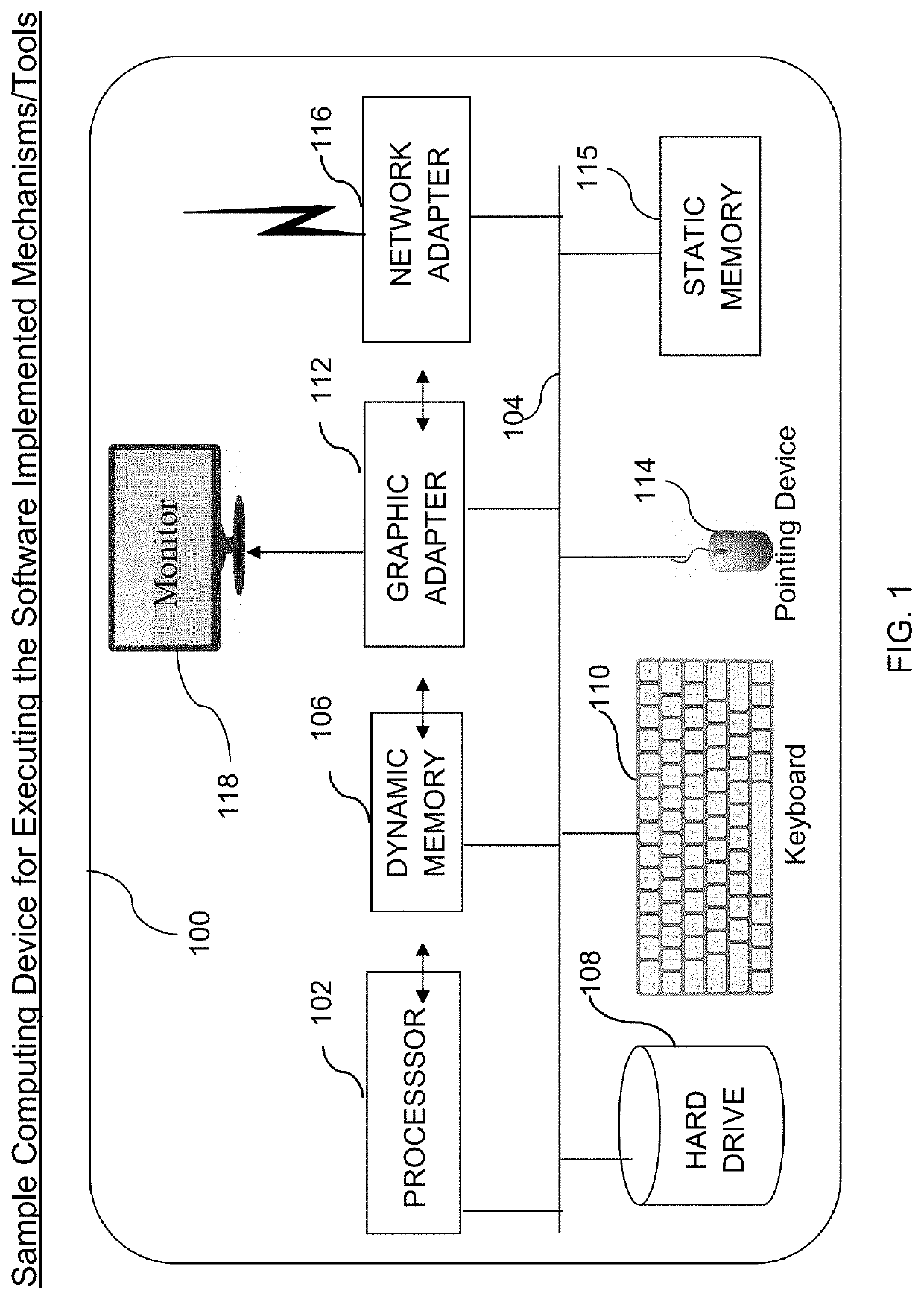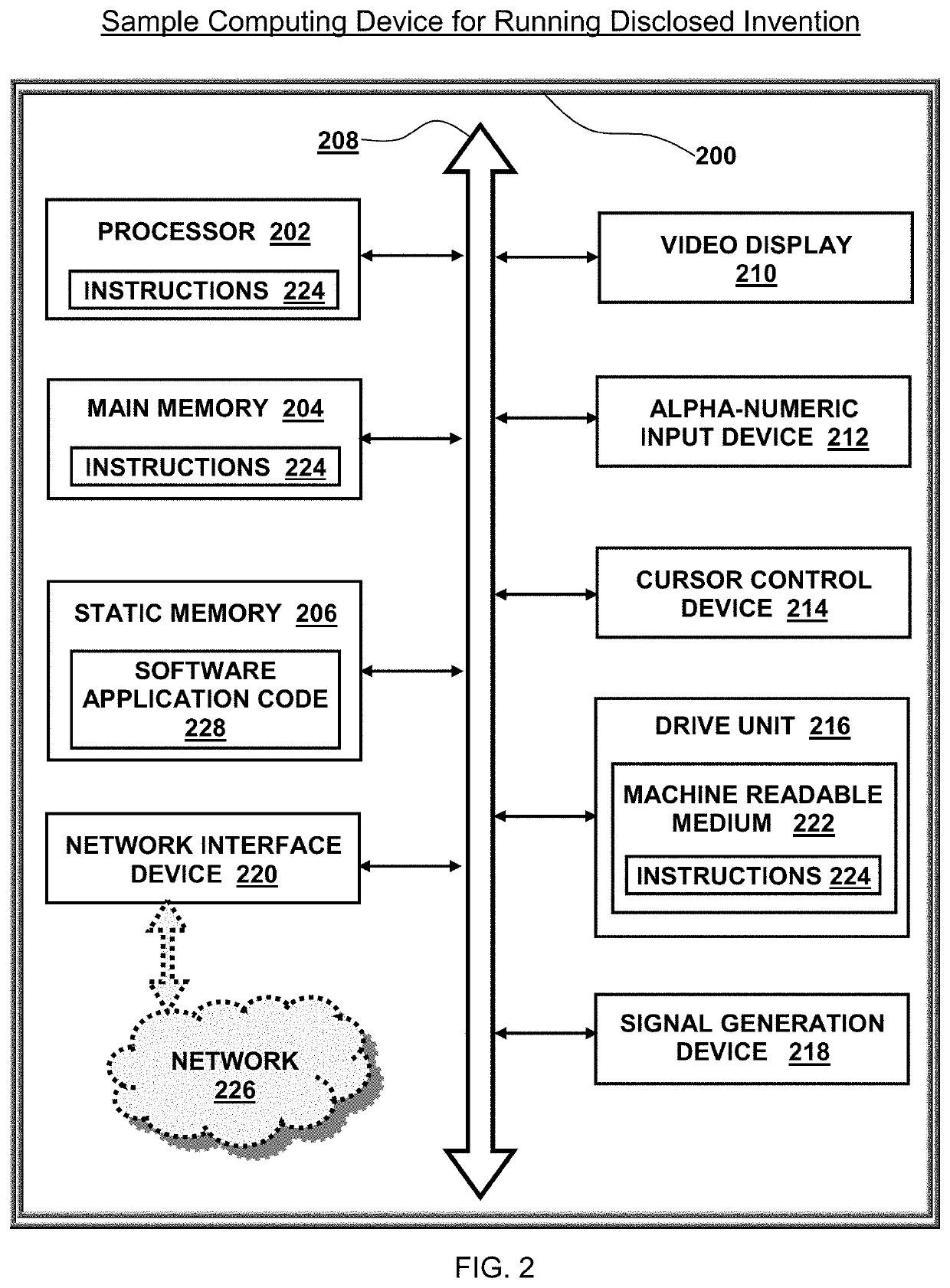Tools, mechanisms, and processes for transforming modules for an application into pluggable modules
a technology of pluggable modules and tools, applied in the field of software engineering, can solve the problems of non-self-contained modules, non-reduced code number required to implement, cost and complexity of composing, etc., and achieve the effects of reducing the development complexity/cost of communication code, increasing certain kinds of benefits, and maintaining communication code more efficiently and effectively
- Summary
- Abstract
- Description
- Claims
- Application Information
AI Technical Summary
Benefits of technology
Problems solved by technology
Method used
Image
Examples
Embodiment Construction
[0108]Section-A: Definitions for Terminology in the Context of this Disclosure
[0109]Following definitions are applied in the construction of the disclosure and attendant claims.
[0110]A software “application” or “product” is a software program or set of cooperating programs that enables a user of a computer system to accomplish some task or set of tasks. It includes applications run on a platform such as a computer, computing device (e.g. cell phone or server), browser, activeX viewer, Adobe Flash Player or virtual machine (e.g., Java Virtual Machine). It means the entire document and referenced files are sent to the platform where the application is executed.
[0111]“Extensible Markup Language” (XML) is a specification for designing formats for text data that allows for text objects to be organized into hierarchies (i.e., XML documents). XML allows web developers to create customized tags that offer flexibility in organizing and presenting information.
[0112]A “browser” means any HTML-...
PUM
 Login to View More
Login to View More Abstract
Description
Claims
Application Information
 Login to View More
Login to View More - R&D
- Intellectual Property
- Life Sciences
- Materials
- Tech Scout
- Unparalleled Data Quality
- Higher Quality Content
- 60% Fewer Hallucinations
Browse by: Latest US Patents, China's latest patents, Technical Efficacy Thesaurus, Application Domain, Technology Topic, Popular Technical Reports.
© 2025 PatSnap. All rights reserved.Legal|Privacy policy|Modern Slavery Act Transparency Statement|Sitemap|About US| Contact US: help@patsnap.com



